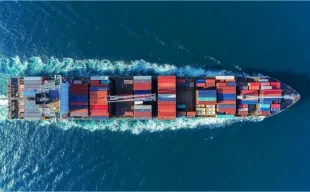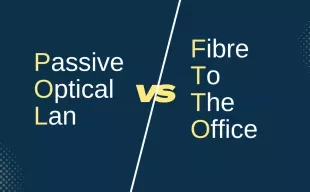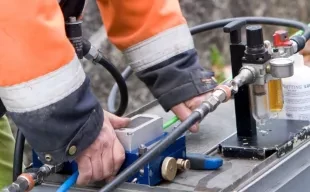TELECOM
Dealing with today’s FTTH material shortages in the UK
A variety of product supply issues are having a marked effect on fibre rollouts in the UK. At the same time, there is a need to significantly reduce the time and cost involved in developing and deploying fibre networks... Aginode would like to share some insights into overcoming obstacles and ensuring continuity of the supply chain – and suggest where we can help.

OFFICE & ENTERPRISE
POL vs FTTO: choosing the best solution for each application
To meet current usage demands, previously disparate platforms and components need to communicate in a unified manner and act as an integrated whole. That requires a common language and an integrated approach to structured cabling and devices. In this respect, POL and FTTO each have their pros and cons. However, both are based on a full fibre based infrastructure with all its advantages. So why not plan a fibre-based infrastructure that can provide both, keeping the flexibility to move between technologies or running both in parallel?

OFFICE & ENTERPRISE
Meeting energy savings goals with Fibre To The Office (FTTO)
The rapid growth of the digital economy has led to increased energy consumption and CO2 emissions, making energy efficiency and sustainability crucial considerations for businesses. In this blog post, we will explore how Fibre To The Office (FTTO) solutions can future-proof networks while significantly reducing energy costs and environmental impact. By leveraging the benefits of copper and fibre, businesses can achieve redundancy and flexibility.

TELECOM
Challenges, opportunities, and solutions for UK AltNets in 2023
After a flying start, AltNets must sustain their initial progress by effectively balancing standardisation, configurability, guidance, and accessibility. This is accomplished through the implementation of smart solutions.

TELECOM
The benefits of reducing networks’ CO2 emissions
Global demand for bandwidth has never been greater. At the same time the pressure to achieve sustainability and climate targets is increasing. As a result, the carbon footprint of networks is a widely discussed issue. There are several benefits related to critically evaluating carbon emission aspects of products and processes. Not only can this support your own sustainability goals and lower operational costs – it can also ensure better CO2 performance across complete projects, which is becoming an increasingly important factor in the selection of partners and suppliers.
